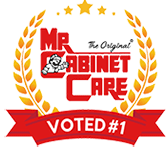Kitchen Cabinets
Southern California's #1 Choice For Kitchen Cabinets & Accessories
Your cabinets are the true centerpiece of any kitchen. Not only do they provide essential storage and organization, but they also set the tone for the overall aesthetic of your kitchen.
Whether you prefer sleek and modern or classic and timeless, choosing the right kitchen cabinets can make all the difference. From selecting the perfect material and finish to considering functional features like drawer organizers and pull-out shelves, every element of your cabinets should be carefully chosen to create a kitchen that reflects your personal style and meets your practical needs.
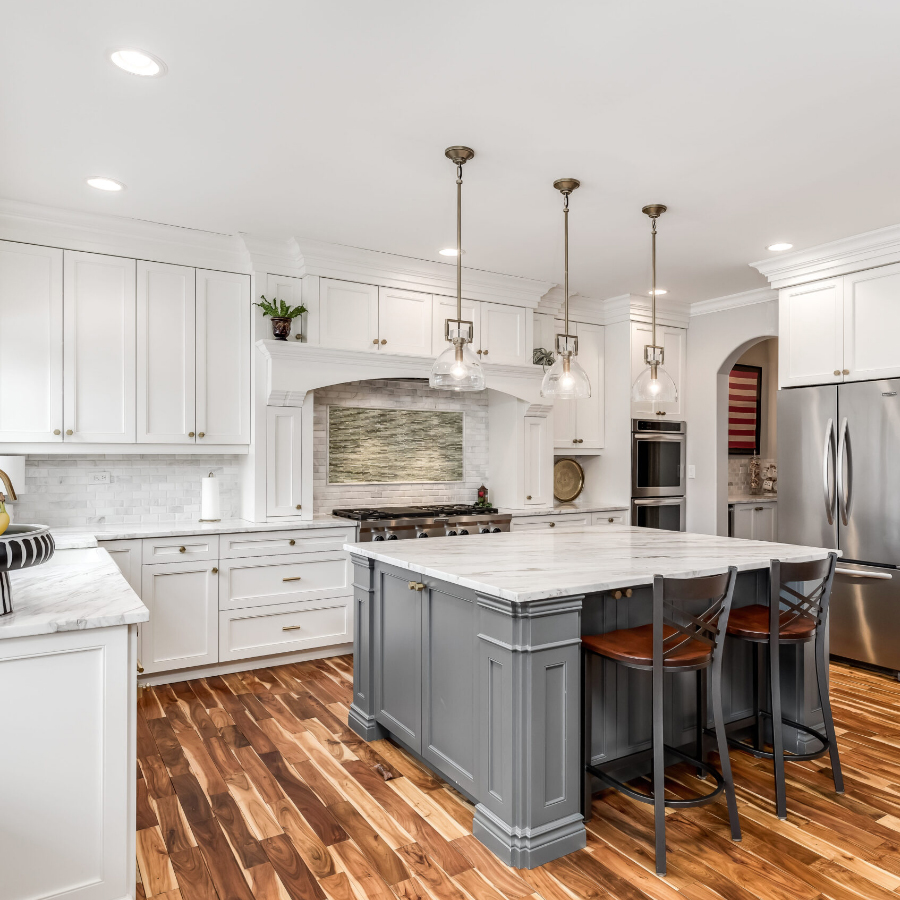
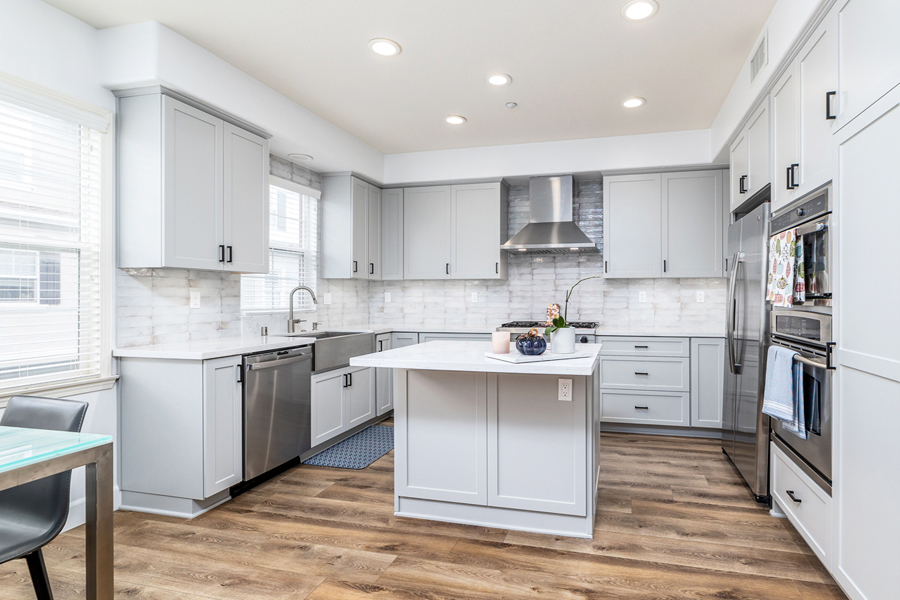

Custom Kitchen Cabinets
Duracore Cabinetry, available exclusively through Mr. Cabinet Care, offers a wide range of options to create the kitchen of your dreams.
With over 100 door styles and both frameless and framed cabinet systems, you'll have plenty of choices to suit your personal style and preferences.
Duracore Cabinetry is also available in a variety of materials including Cherry, Beech, Alder, Maple, and Oak, ensuring that you can find the perfect look for your kitchen.
When it comes to color options, the possibilities are truly endless. From whites and greys to espressos and mocha colors, as well as custom stains and paint colors, you'll be able to achieve the exact look you want.
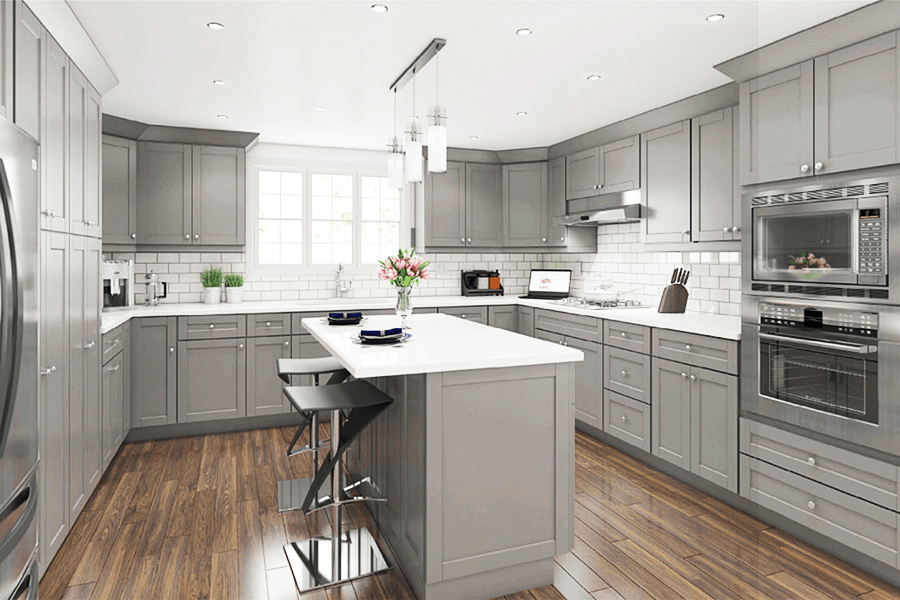

Duracraft Semi-Custom Cabinets is the perfect solution for those seeking new cabinets without the need for fully custom options.
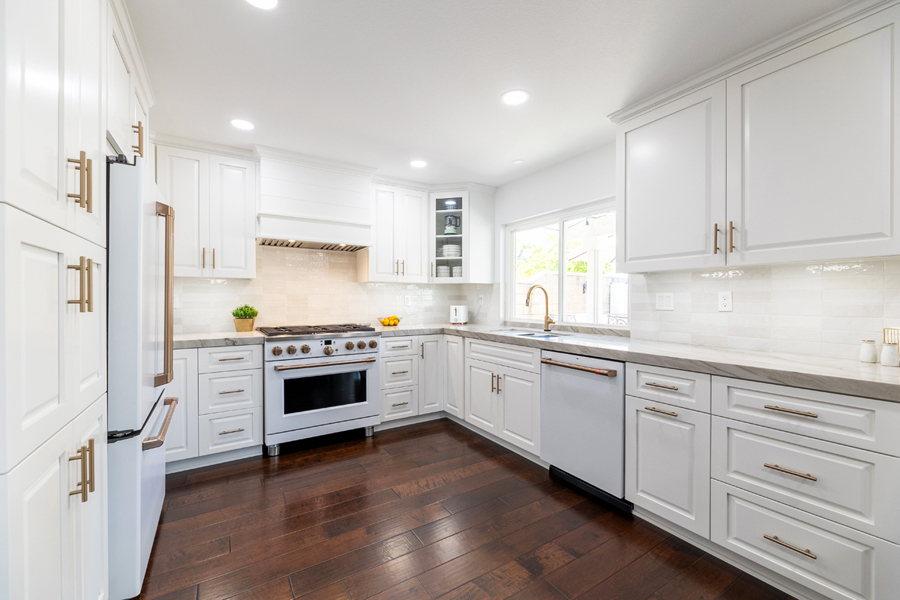

Duralam Laminate is manufactured right here in the USA and offers a range of benefits that make it the ultimate choice for your kitchen.
Kitchen Cabinet Design Process
There are a lot of elements that go into planning and designing your kitchen remodel, but your cabinets are by far the centerpiece of your dream kitchen.
Whether you’re starting fresh from the ground up or simply giving your kitchen an updated look, your kitchen’s layout is crucial for both appearance and functionality.
Sketching out this plan will help give you a better understanding of exactly what types of cabinets you want and how you want to arrange them.
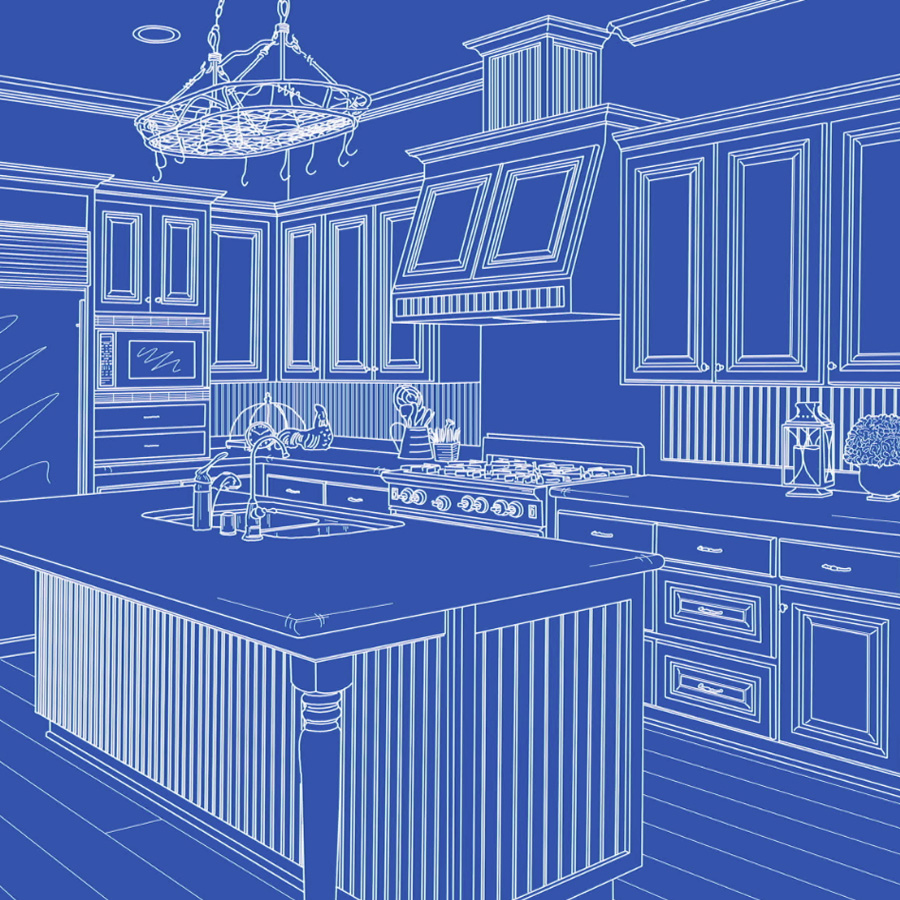

Voted "Best Kitchen Remodeling Company"
As a company that has been voted “Best Kitchen Remodeling Company” and is recognized as one of the top 50 remodeling companies in the nation, we take pride in our ability to deliver exceptional results. We guarantee your satisfaction with your kitchen cabinets, ensuring that you will be delighted with the final product.
Our custom kitchen designs are tailored to meet your unique needs and preferences, creating a space that is not only functional but also aesthetically pleasing. With our attention to detail and commitment to quality craftsmanship, we are confident that your kitchen will soon become everyone’s favorite room in the house.
After all, the best memories begin in a memorable kitchen, and we don’t think your friends and family will be forgetting your kitchen anytime soon!
To get started on your complete kitchen remodel with custom kitchen cabinets, call (714) 961-1900 or SEND US A MESSAGE.


